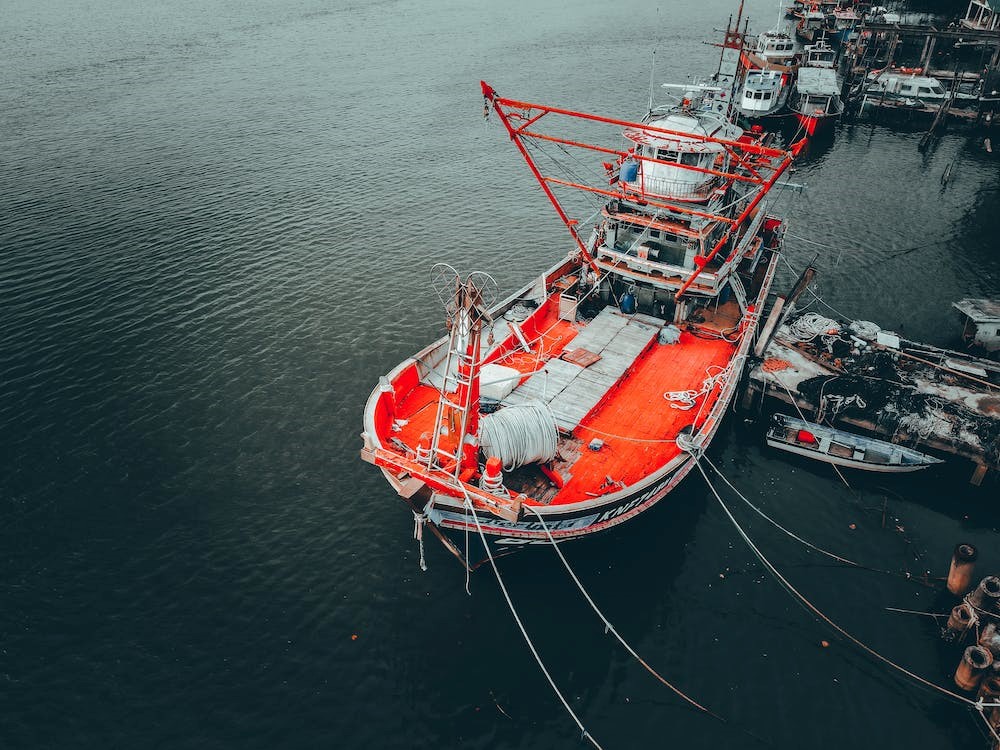Contact
We're here to help and answer any question you might have. We look forward to hearing from you. 😊
Our Address
MacArthur Hwy, Angeles, 2009 Pampanga
Email Us
icare@gmail.com
Call Us
+639 987 654 321
Fishing vessels are boats or ships that catch aquatic creatures in bodies of water. The sort of vessel used depends on what species the fishers onboard are expecting to capture, how much they want to catch, and how far they are traveling/what type of water body they are in. Vessels can range from a single-person boat with a fishing rod out for a few hours of fishing to floating towns with hundreds of crew members out on the ocean for months at a time. Because there is so much variability, each vessel has a unique method, yet most vessels have a few commonalities. According to the Food and Agriculture Organization's (FAO) most recent data in their State of World Fisheries and Aquaculture 2020 report, there are 4.56 million fishing vessels in the world (as of 2018), with 38.98 million people employed in fisheries. Fishing vessels collect over half of the world's seafood supply, and seafood is the major source of nourishment for millions of people throughout the world. We would not be able to catch species that reside further offshore from coastal regions if fishing vessels did not exist. Cleaning and disinfection must be prioritized at all levels of vessels, and fish handling should be kept to a minimum. Furthermore, many bigger fishing vessels are outfitted with equipment that allows them to freeze seafood as soon as it is captured, keeping it as fresh as possible for the final buyer.
The objective of maritime surveillance in this context is to comprehend, anticipate, and manage all occurrences and activities connected to the maritime domain that may have an influence on areas of maritime security. this includes border control, maritime pollution, marine environment control, fisheries management, vessel traffic management, accident, and disaster response, search and rescue, law enforcement, defense, commerce, and economic interests. It is critical for law enforcement, border and security authorities, fisheries management agencies, and other organizations to optimize the use of traditional surveillance mean such as patrol vessels and aircraft, which are becoming a limited resource for large-scale areas with a variety of activities to monitor.
Maritime surveillance includes data collection, analysis, fusion, and sharing, with information gathered using a wide range of sensors and sensor combinations operating in multiple spectrum segments (electronic signals, images, communications, acoustics, etc.) deployed on various platforms (satellites, aircraft, ships, manned, etc.). These sensors can be operated from land-based platforms, ships, and aircraft (planes, helicopters, drones, and balloons), as well as satellites. Given the vast variety and number of potential information sources, the concept of maritime surveillance is evolving into "integrated maritime surveillance," in which data collected by various sensors is shared and collected by various users to improve overall maritime situational awareness.


We're here to help and answer any question you might have. We look forward to hearing from you. 😊
MacArthur Hwy, Angeles, 2009 Pampanga
icare@gmail.com
+639 987 654 321